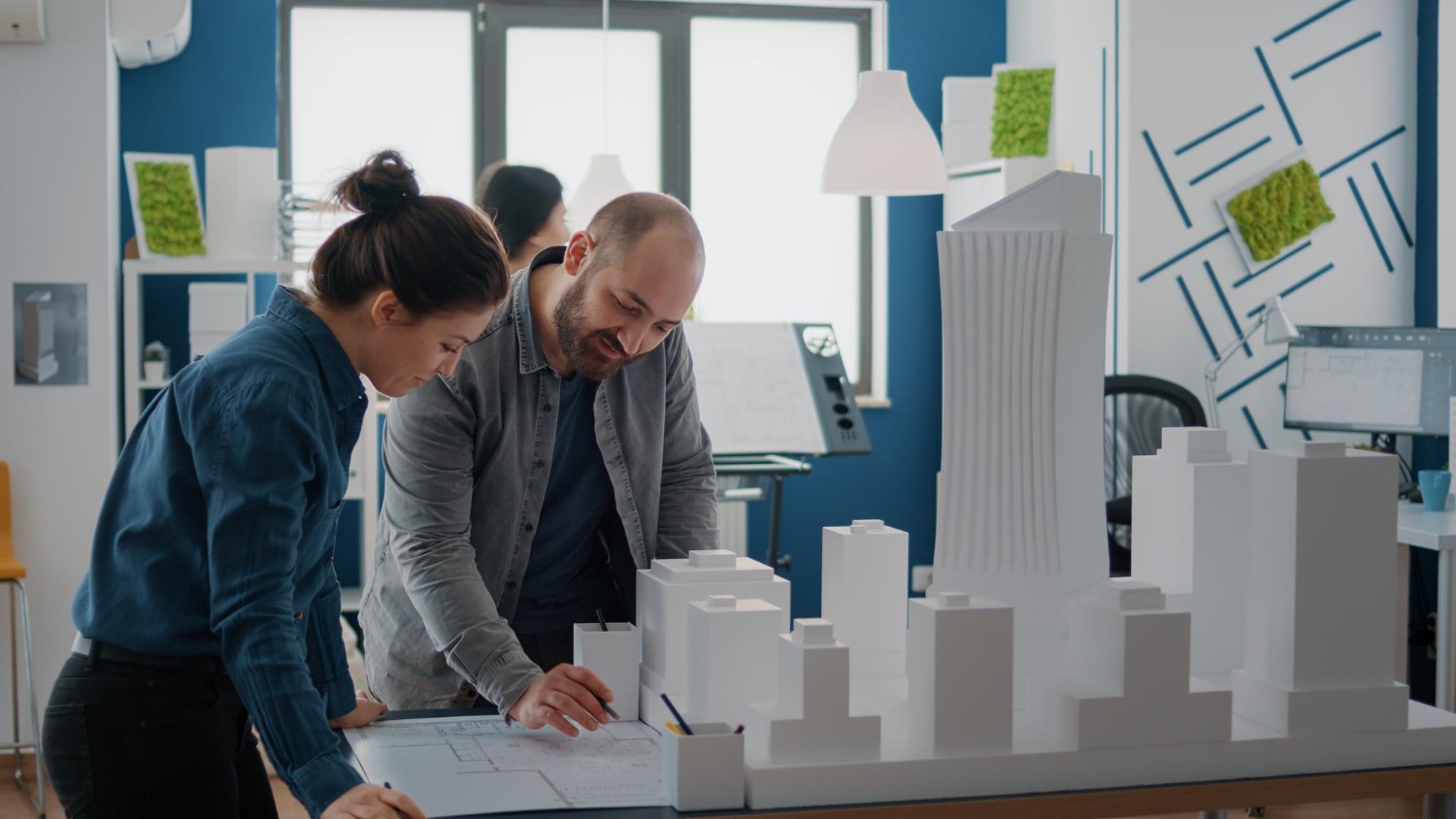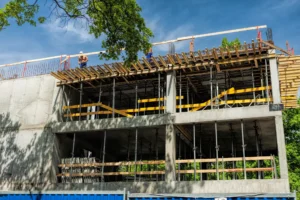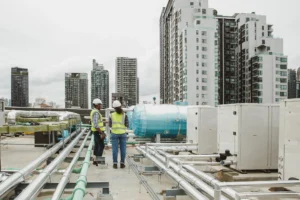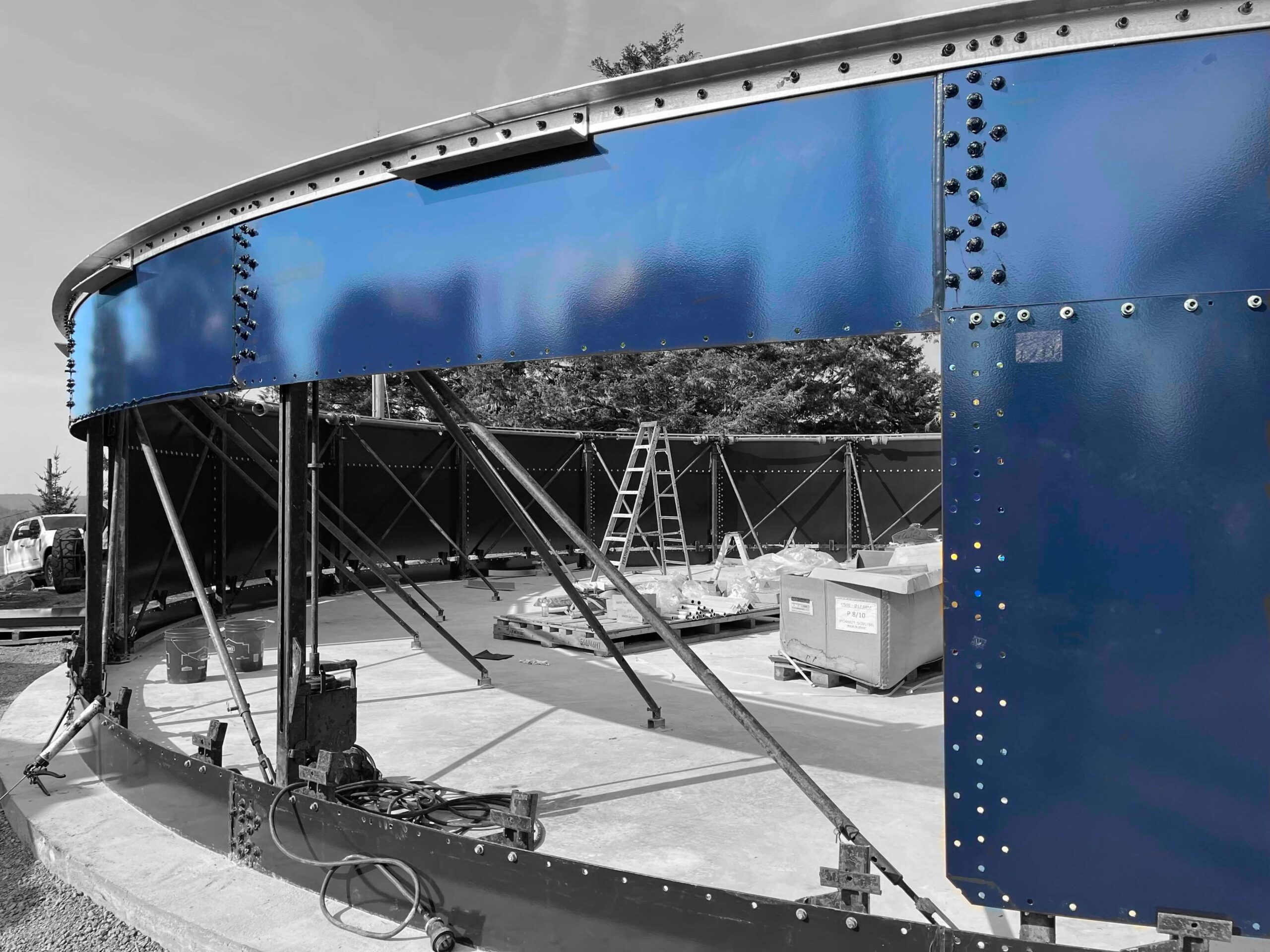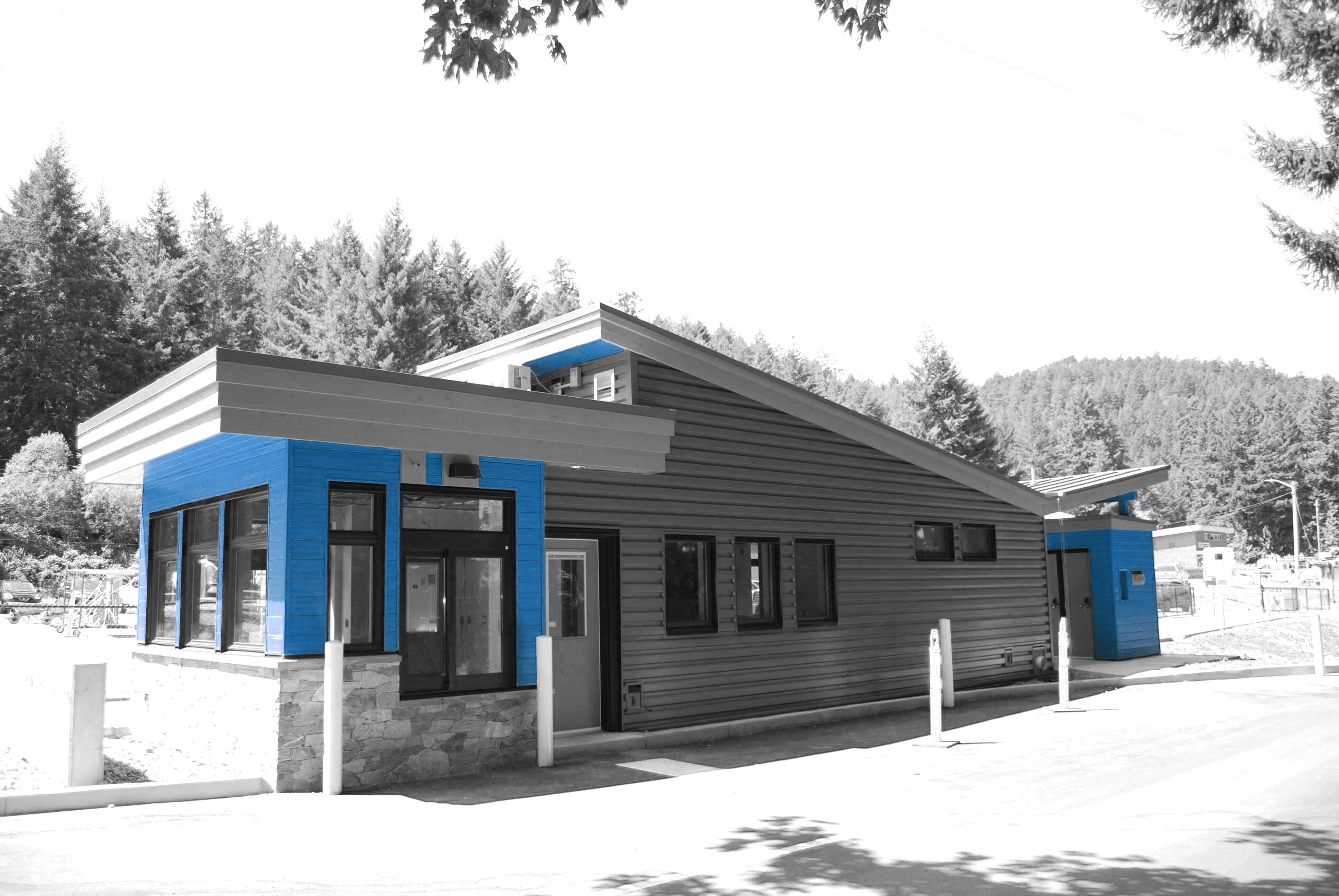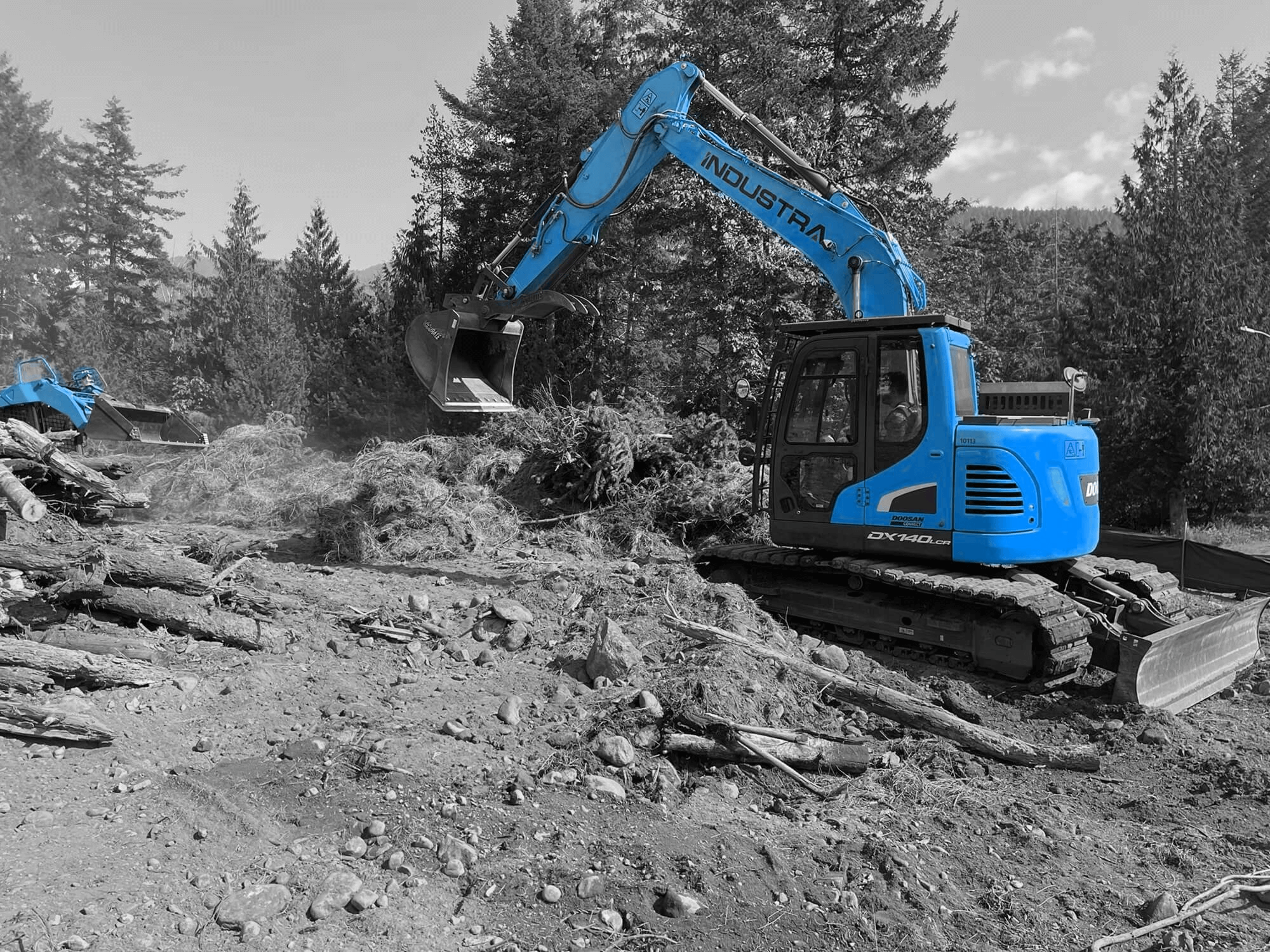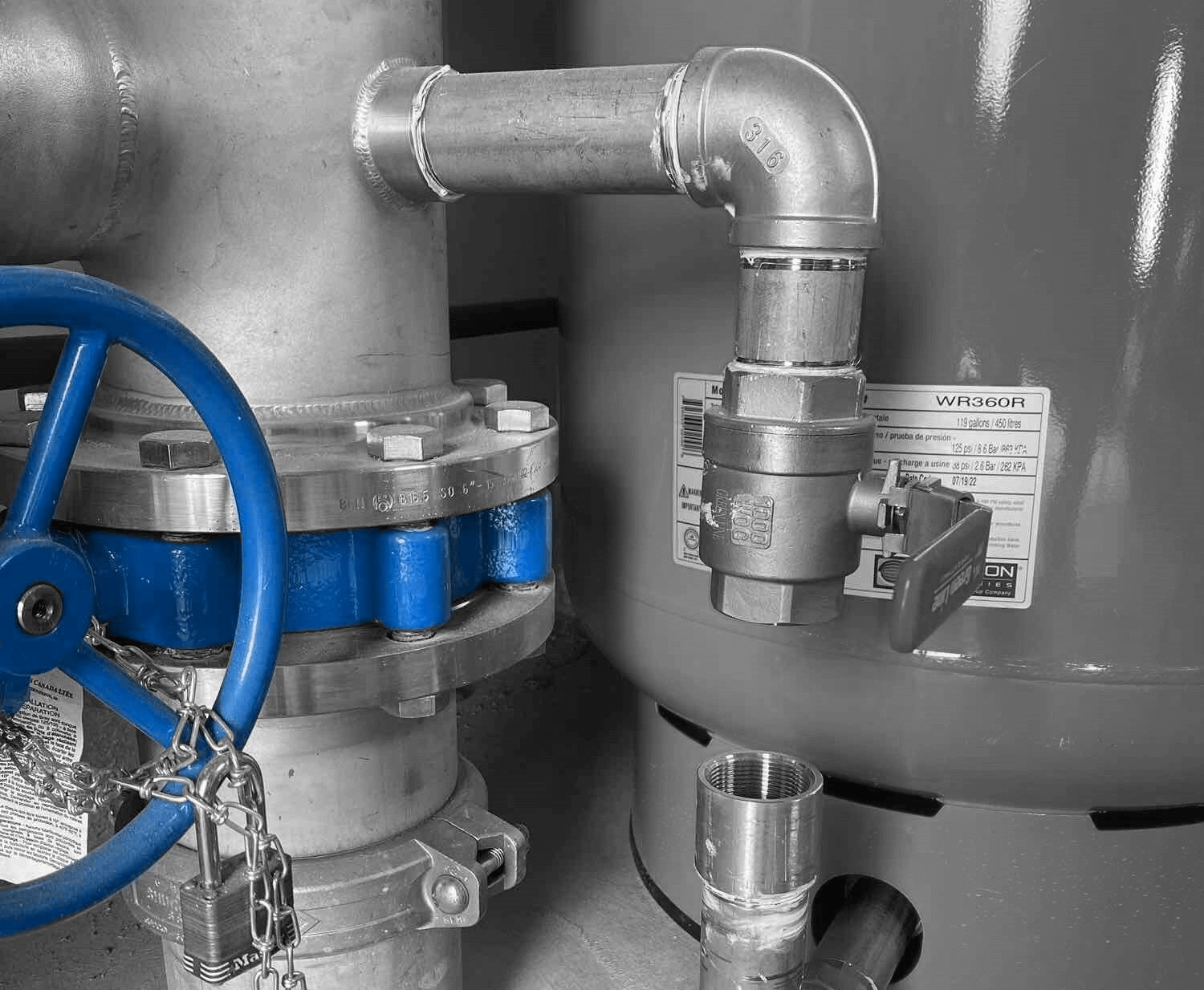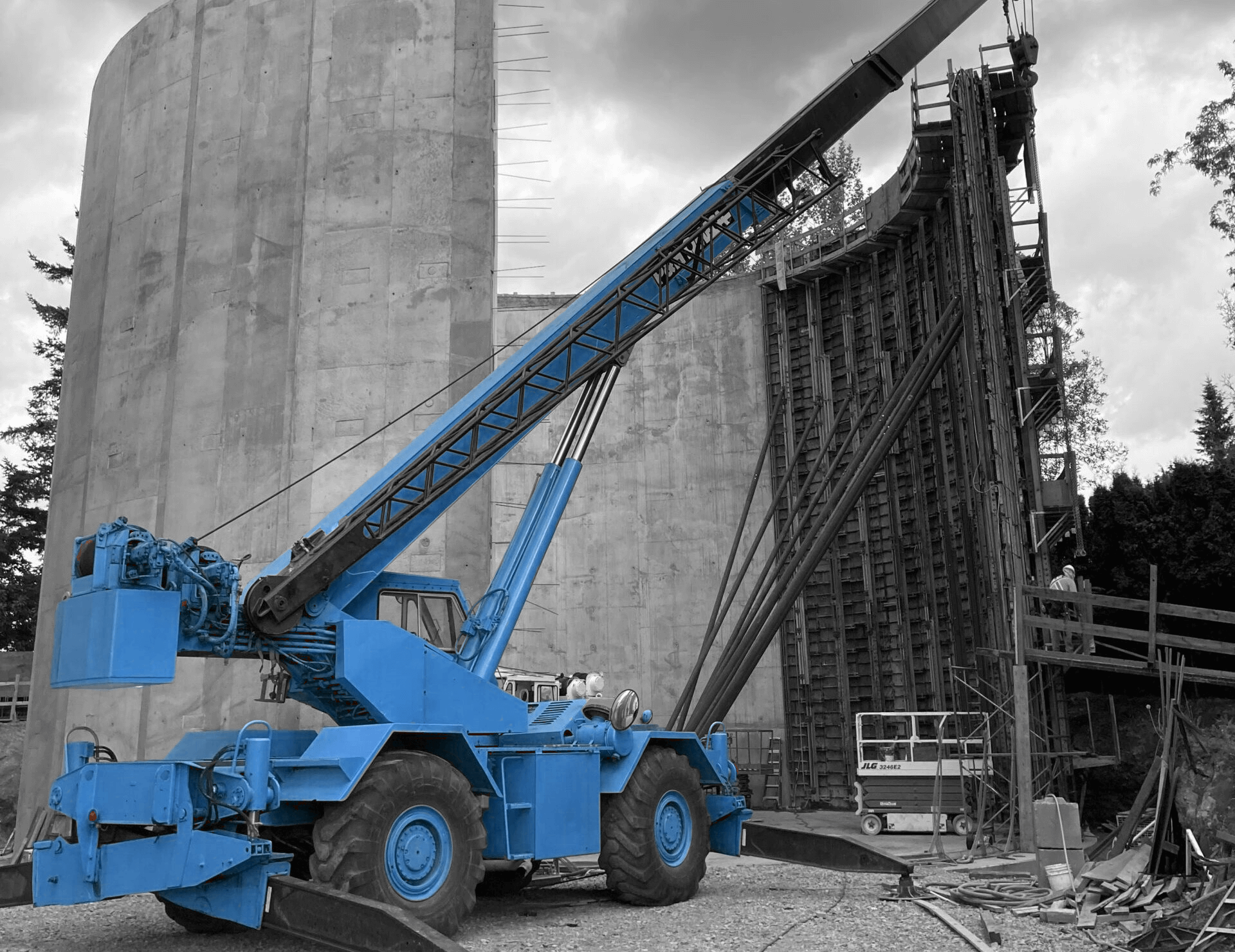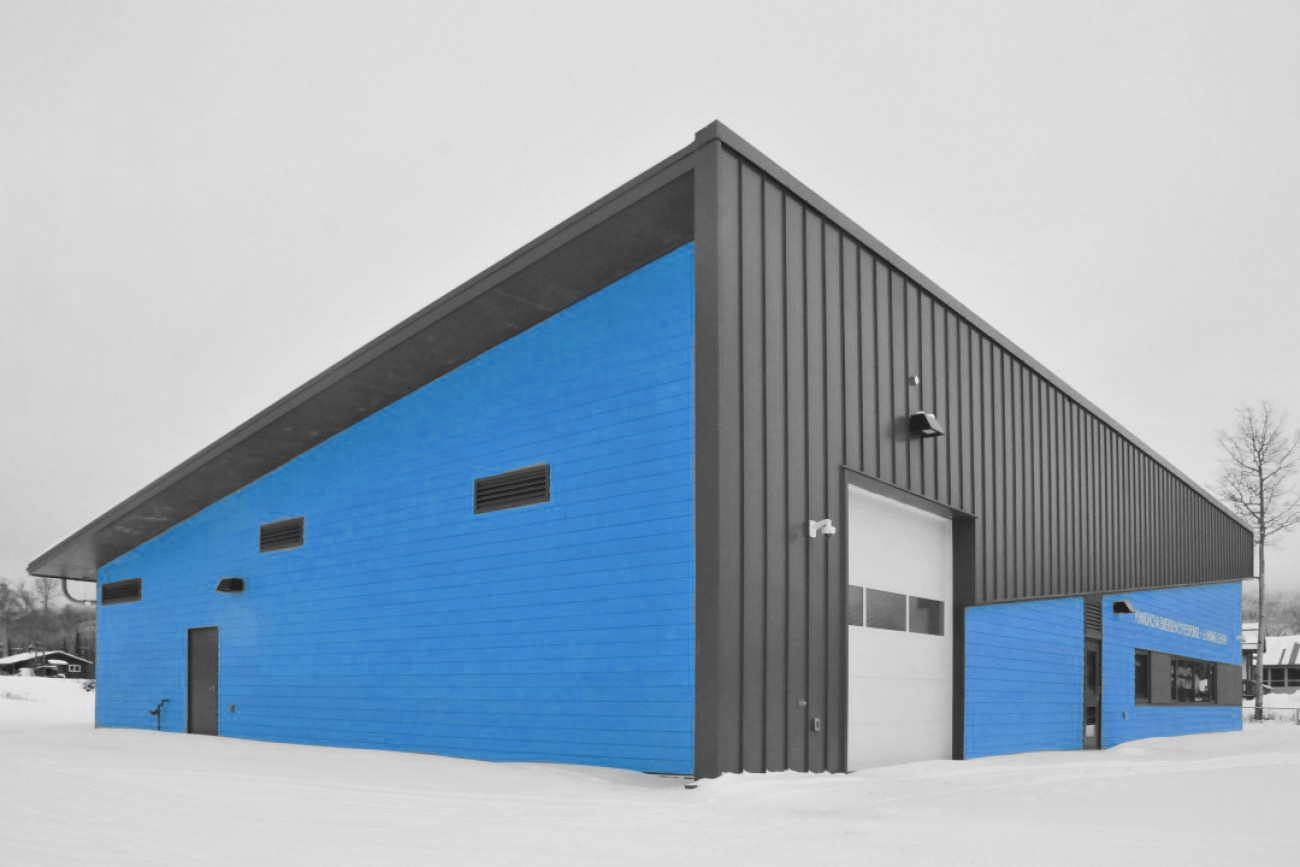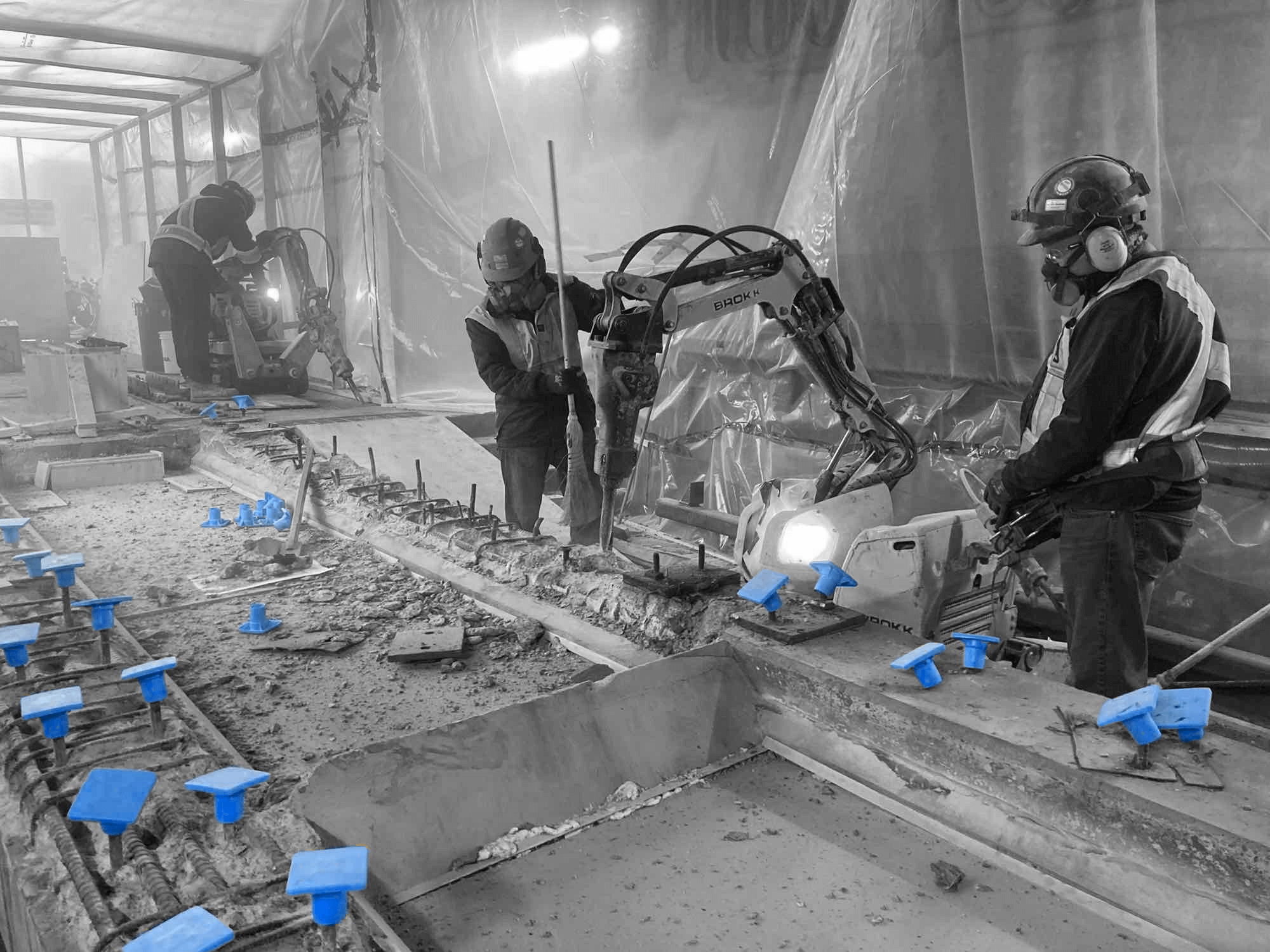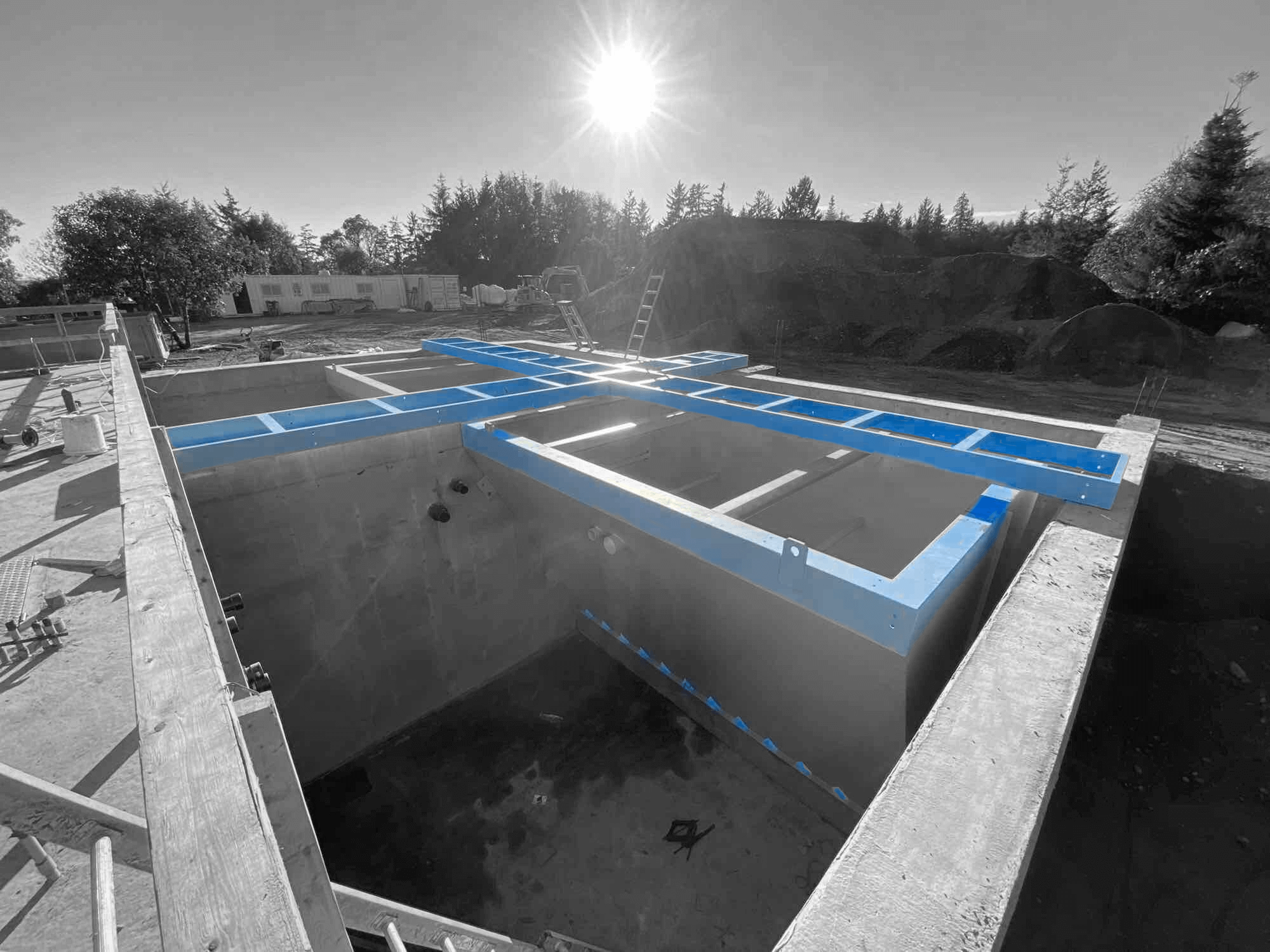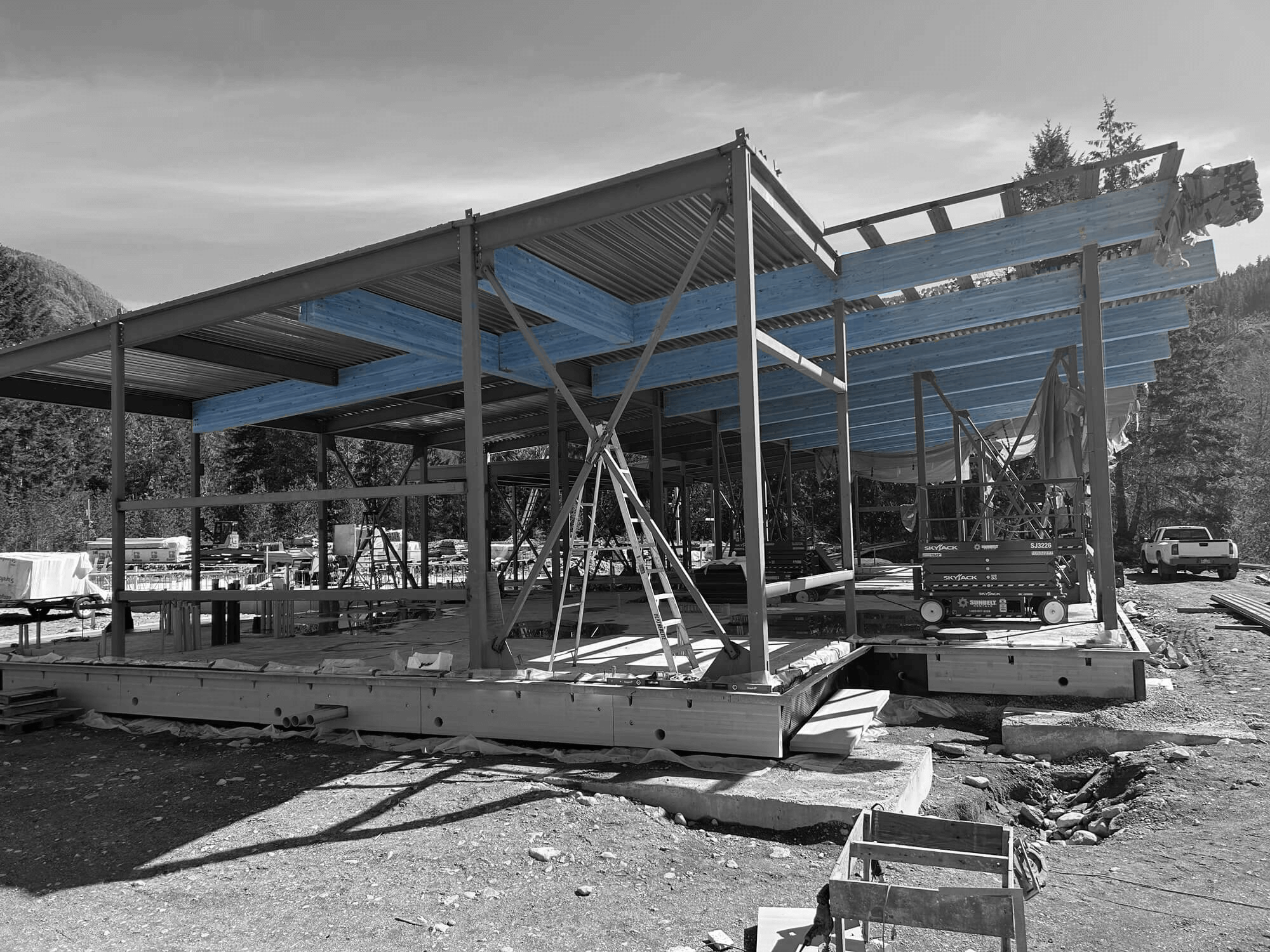The method by which an industrial project is delivered significantly impacts its success. Design-build is one such approach that has garnered attention for its efficiency and effectiveness. Unlike traditional construction approaches that separate design and construction tasks, design-build integrates these phases into a single contract. This method fosters a cohesive environment where all parties work collaboratively from the project’s inception to its completion.
Using design-build for industrial developments offers several key benefits. It simplifies project management and accelerates timelines, which is crucial when efficiency is paramount. With unified control over design and construction, the chances of miscommunication are drastically reduced, resulting in fewer delays and enhanced project flow. Additionally, integrating design and construction phases allows for more innovation and flexibility during the project.
Another important aspect is the cost savings associated with the design-build method. By having a single team responsible for the entire project, budgeting becomes more accurate and transparent. This unified approach also minimizes risks and leads to better quality outcomes. Through enhanced collaboration and streamlined processes, design-build proves to be a highly effective model for industrial project delivery.
Streamlined Project Delivery
Using the design-build method in industrial developments streamlines the entire project delivery process. By merging the design and construction phases into a single contract, the project timeline is significantly shortened. This integration allows for early collaboration between designers and builders, ensuring that all aspects of the project are aligned from the outset. The result is a smoother transition between each phase, reducing the likelihood of delays and enhancing overall project flow.
Another benefit of streamlined project delivery is the ease of managing changes. In traditional construction models, any modifications made during the project require going back and forth between separate design and construction teams, leading to slowdowns and increased costs. However, with the design-build approach, changes can be addressed quickly and efficiently within the same team. This flexibility ensures that any adjustments are made promptly, keeping the project on track and within budget.
Cost and Time Efficiency
Design-build methods offer substantial cost and time efficiencies for industrial developments. One significant advantage is the ability to establish more accurate budgets from the start. Since the design and construction teams work together, they can provide realistic cost estimates and identify potential savings early in the planning phase. This helps in avoiding unexpected expenses and financial overruns as the project progresses.
Additionally, the unified approach of design-build reduces administrative and management costs. With only one contract to manage, there’s less paperwork and fewer meetings required, leading to lower overhead expenses. Time efficiency is also greatly enhanced because the design-build team can work on various aspects of the project simultaneously. For example, while the design is being finalized, preliminary construction work can begin, shortening the overall project timeline. This integrated method ensures that industrial developments are completed faster and more economically than with traditional approaches.
Enhanced Collaboration and Communication
One of the primary benefits of the design-build approach is the enhanced collaboration and communication it fosters among all stakeholders. When designers, engineers, and construction teams work together from the project’s inception, they develop a better understanding of the project’s goals, challenges, and requirements. This cohesive teamwork ensures that all parties are aligned, which greatly reduces the risk of misunderstandings and miscommunication.
This collaborative environment also promotes innovation. When team members can freely share ideas and solutions, it leads to more creative and effective ways to solve problems. Regular meetings and open lines of communication keep everyone updated and involved throughout the project’s progression. This continuous feedback loop allows for quick adjustments and refinements, leading to a more efficient and successful project outcome.
Superior Quality and Safety Standards
The design-build method is known for its ability to deliver superior quality and safety standards in industrial projects. With a single team managing both design and construction, there is a greater emphasis on maintaining high-quality outcomes. Design-build contractors have a vested interest in delivering excellence since they are accountable for the entire project. This commitment to quality is evident in every phase, from initial planning to final execution.
Safety is also a top priority in design-build projects. Because designers and builders work closely together, safety considerations are integrated into the design from the very beginning. This proactive approach ensures that potential hazards are identified and mitigated early on. Regular safety audits and adherence to stringent safety protocols protect workers and the project’s integrity. By prioritizing safety and quality, the design-build method ensures that industrial developments are not only efficient but also secure and reliable.
Conclusion
The design-build approach offers numerous advantages for industrial projects, from streamlined project delivery to cost and time efficiency. Enhanced collaboration and communication ensure that all stakeholders are aligned, while superior quality and safety standards are maintained throughout the project lifecycle. These benefits make the design-build method an excellent choice for industrial developments.
If you’re looking to enhance the efficiency and success of your next industrial project, consider partnering with a trusted general contractor in Surrey, BC. At Industra Construction Corp., we specialize in delivering top-quality design-build services tailored to meet the unique needs of the industrial sector. Contact us today to learn how we can help make your project a success.


